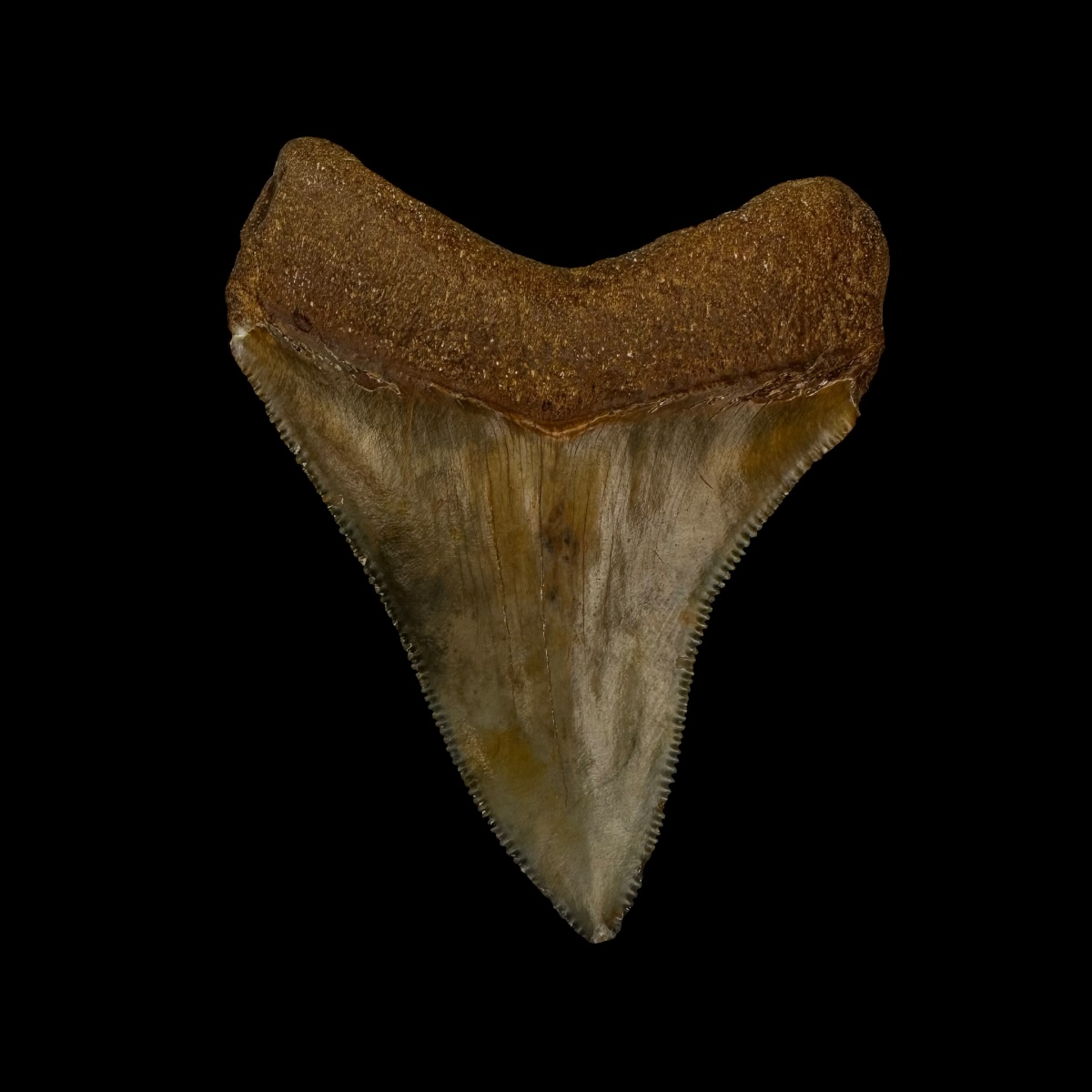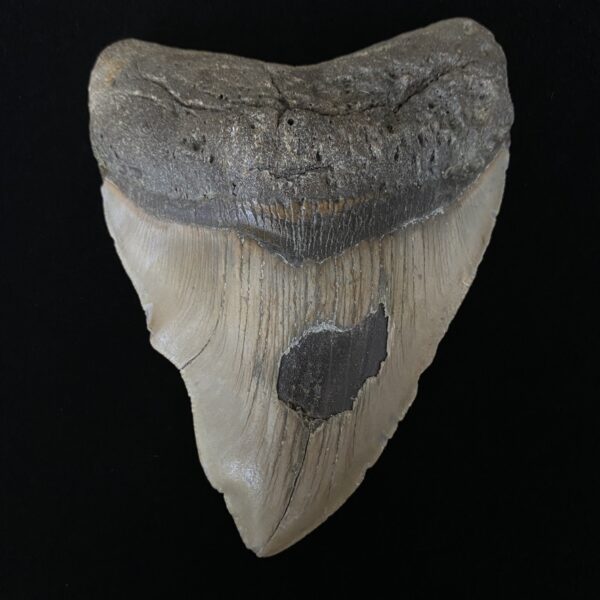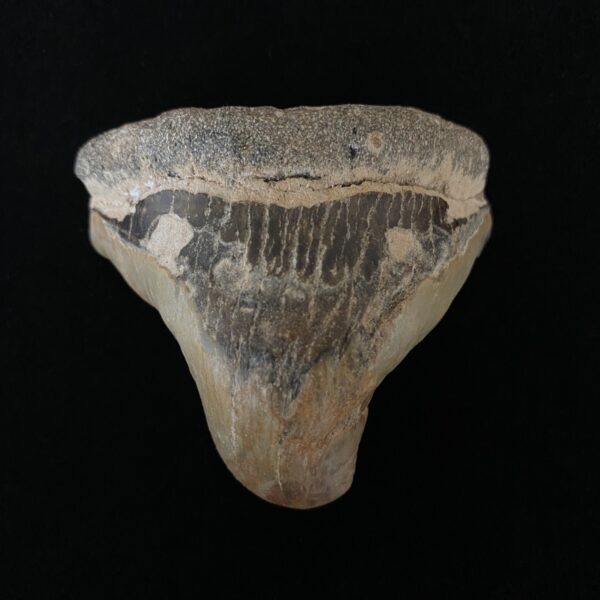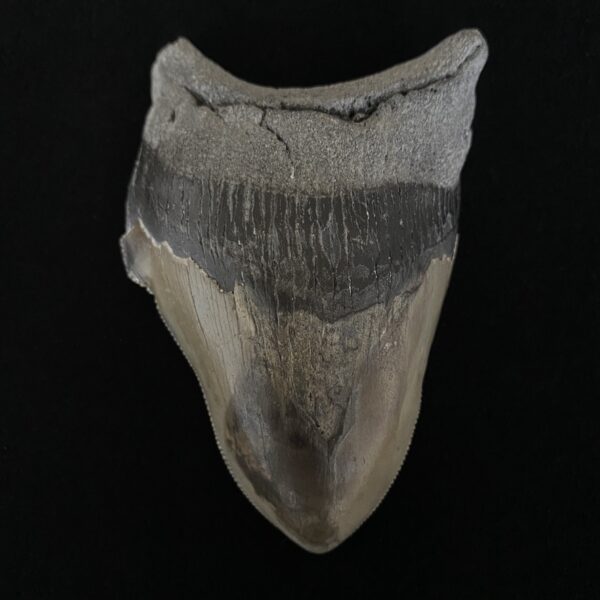🦈 Expert Collector’s Guide: 7 Fascinating Curiosities You Should Know About a Megalodon Tooth Fossil
Introduction
For collectors and fossil enthusiasts, a Megalodon tooth fossil is more than just a relic—it’s a portal into prehistoric oceans. Each fossil carries unique traits that reveal secrets about the shark that once dominated Earth’s seas.
In this Expert Collector’s Guide, we’ll uncover 7 Fascinating Curiosities you should know about Megalodon teeth. These insights combine science, history, and collector knowledge to help you appreciate the true wonder of these fossils.
Fascinating Curiosity #1: The Largest Teeth Reached Over 7 Inches
A Megalodon tooth fossil can grow larger than an adult human hand. Teeth over 7 inches are extremely rare and represent sharks estimated at more than 55 feet long.
Fascinating Curiosity #2: Mineral Colors Tell a Story
The color of a fossilized tooth depends on the minerals in the surrounding sediment. Phosphate creates black enamel, while iron produces brown or orange hues. Collectors value these variations as fascinating clues to the fossil’s burial environment.
Fascinating Curiosity #3: Serrations Reveal Hunting Power
Sharp serrations along the edge of a fossilized Megalodon tooth show how this predator sliced through prey like whales and large fish. The serrations’ condition today also helps collectors know whether a specimen is authentic and well-preserved.
Fascinating Curiosity #4: Teeth Were Constantly Replaced
Just like modern sharks, Megalodons shed teeth throughout their lives. A single shark may have produced over 20,000 teeth during its lifetime. This explains why fossilized Megalodon teeth are found more often than complete skeletons.
Fascinating Curiosity #5: Location Influences Rarity
Not all fossils are equal. Teeth discovered in North Carolina or South Florida are highly sought after because of their excellent preservation. According to Smithsonian Ocean Portal, the East Coast of the U.S. remains one of the richest sources for authentic fossils.
Fascinating Curiosity #6: Teeth Are Clues to Shark Size
Experts use crown height and root width as metrics to estimate how big the original shark was. A Megalodon tooth specimen with a 6-inch crown suggests a shark around 50 feet long—proof of why accurate measurement is so important.
Fascinating Curiosity #7: High Value in the Fossil Market
Authentic, well-preserved specimens can sell for hundreds or even thousands of dollars depending on size and rarity. Marketplaces such as FossilEra highlight how collector demand continues to grow. For enthusiasts, a Megalodon tooth fossil is both a scientific artifact and a fascinating investment.
Common Misconceptions About Megalodon Teeth
❌ Myth 1: All fossils on the market are authentic.
➡️ Reality: Many replicas exist—expert collectors know how to spot them.
❌ Myth 2: Only large teeth are valuable.
➡️ Reality: Smaller but well-preserved teeth can be just as prized.
❌ Myth 3: Color determines age.
➡️ Reality: Color reflects mineral content, not fossil age.
Final Thoughts & Collecting Authentic Fossils
These 7 Fascinating Curiosities highlight why a Megalodon tooth fossil continues to capture the imagination of collectors worldwide. From size to serrations, every specimen tells a unique story of the ocean’s most powerful predator.
👉 Want to start or grow your collection? Visit our Megalodon Tooth Shop to explore authentic fossils preserved with Expert Care.
Beyond their impressive size, a Megalodon tooth fossil represents a direct link to the history of Earth’s oceans. Collectors often underestimate how much information these fossils provide, from ancient migration routes to feeding habits. Each specimen is like a scientific puzzle piece that reveals details about one of the most fascinating predators in history. Understanding these curiosities not only adds value to your collection but also allows you to appreciate the cultural and scientific importance behind every authentic Megalodon tooth.







